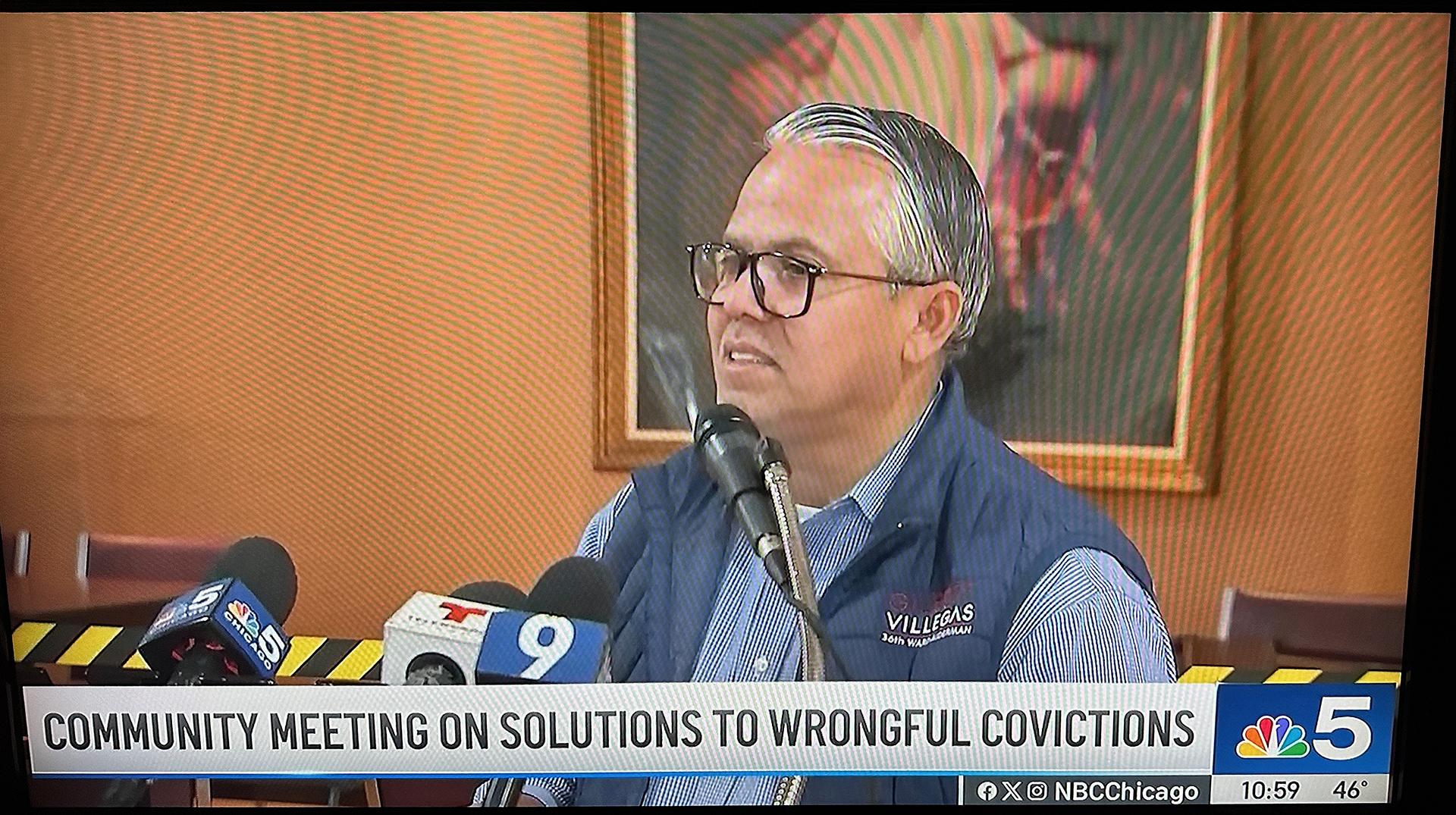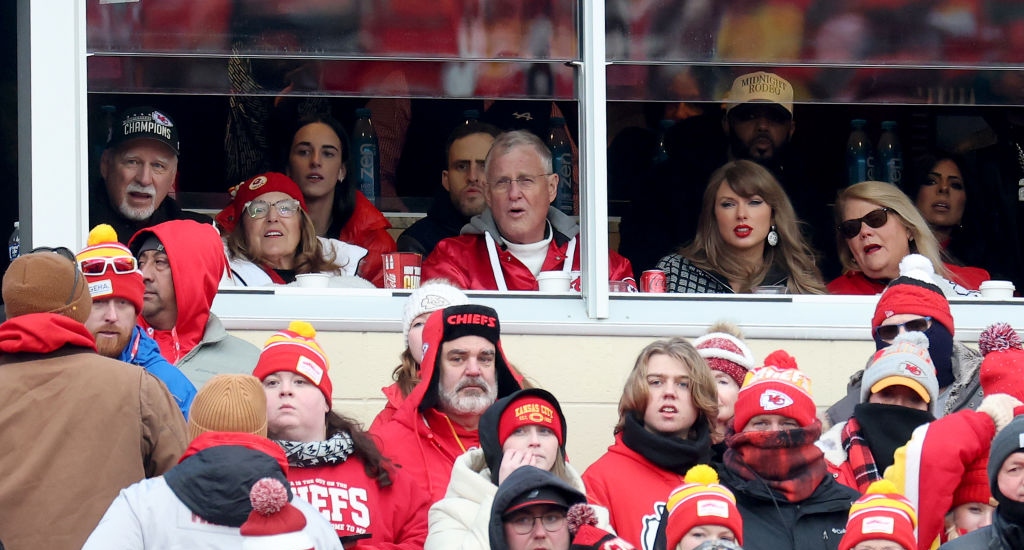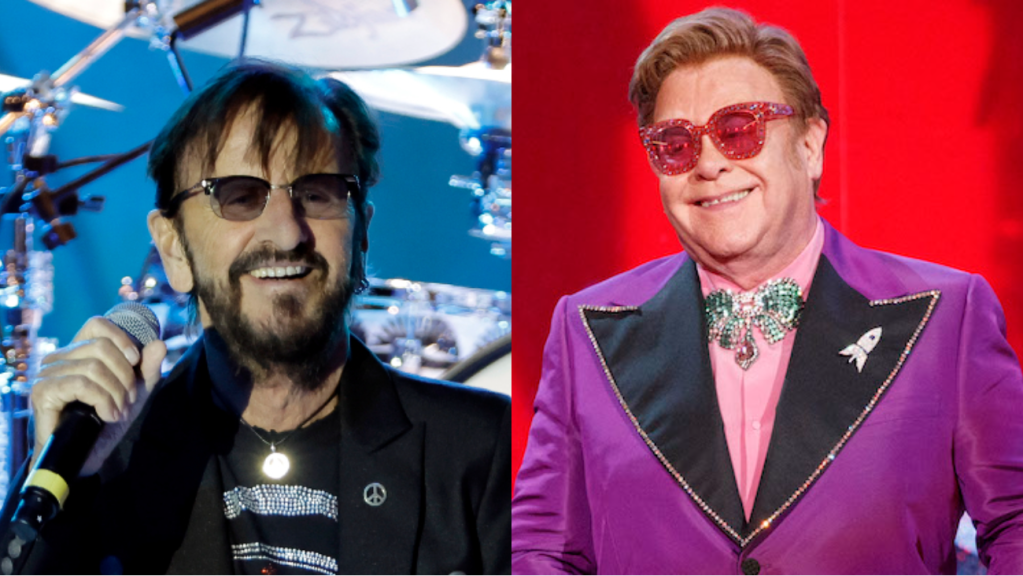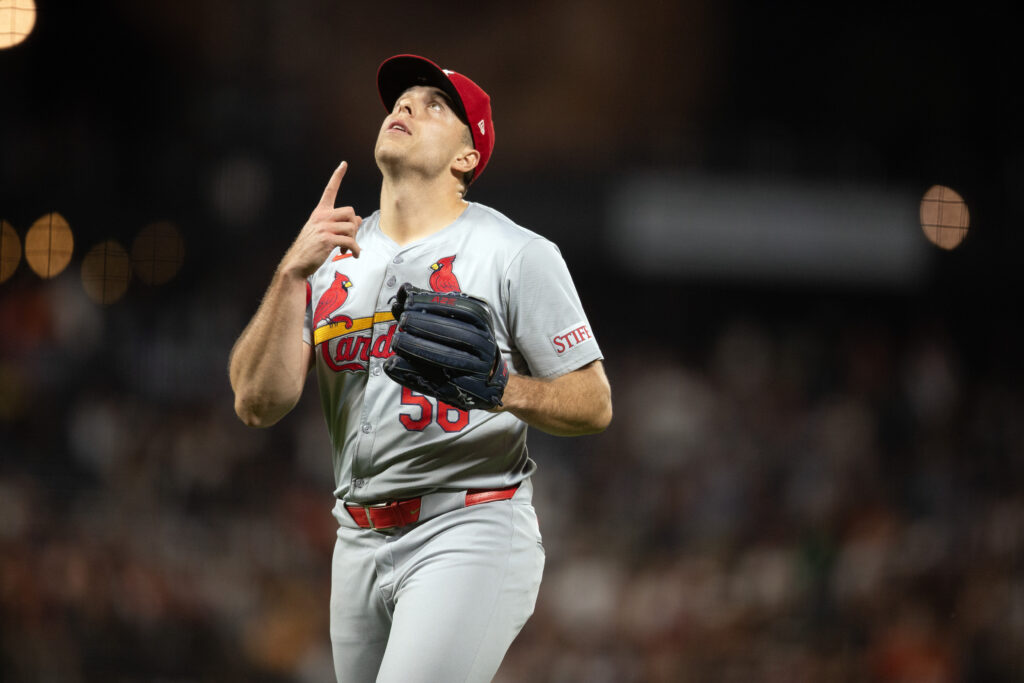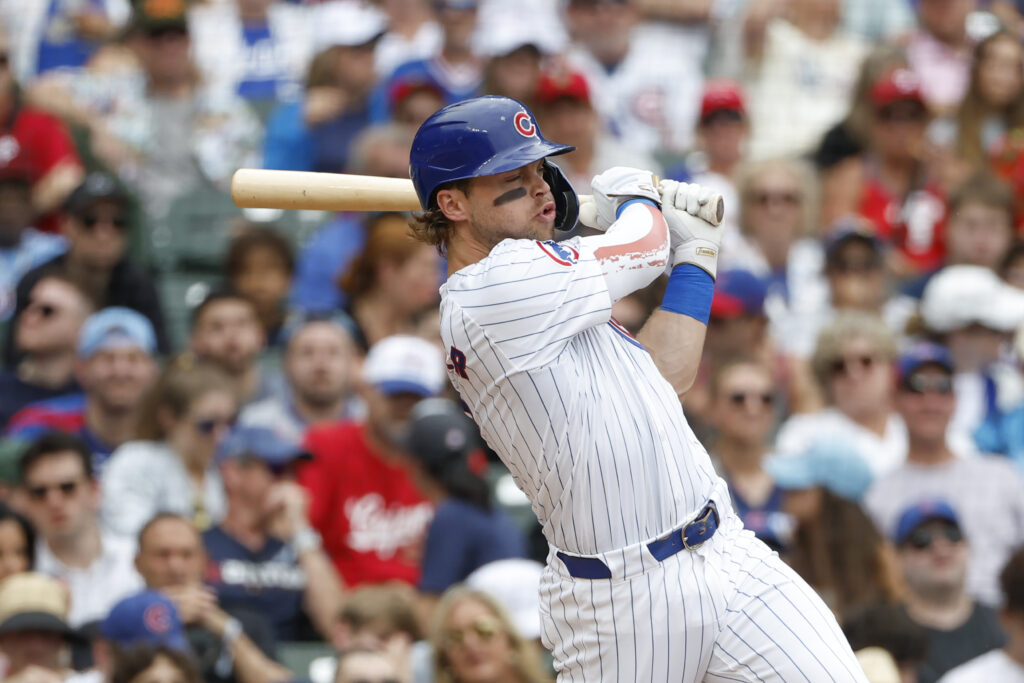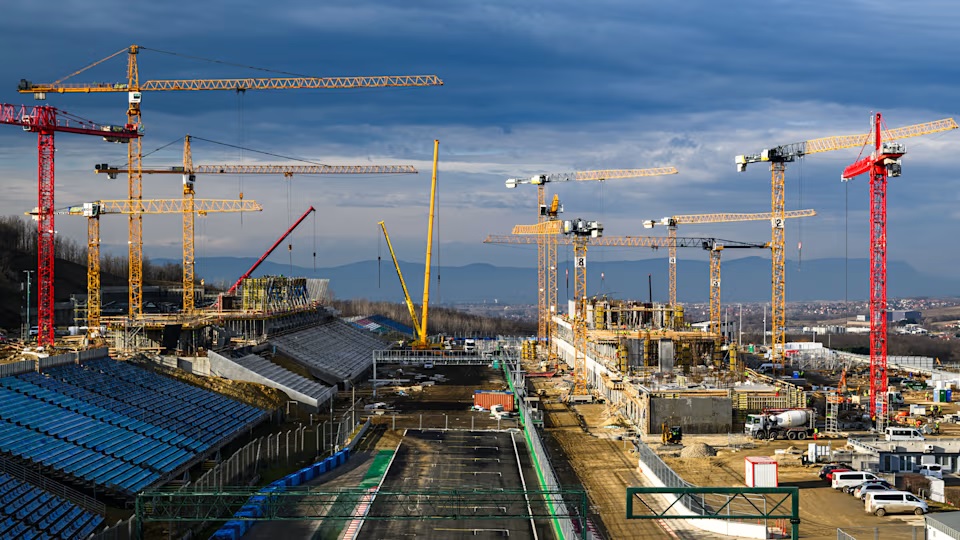FIA clarifies spending of F1 driver fines: ‘Not for Christmas parties’
Formula 1 drivers have recently raised questions about the transparency of how the FIA distributes the money collected... The post FIA clarifies spending of F1 driver fines: ‘Not for Christmas parties’ appeared first on F1i.com.
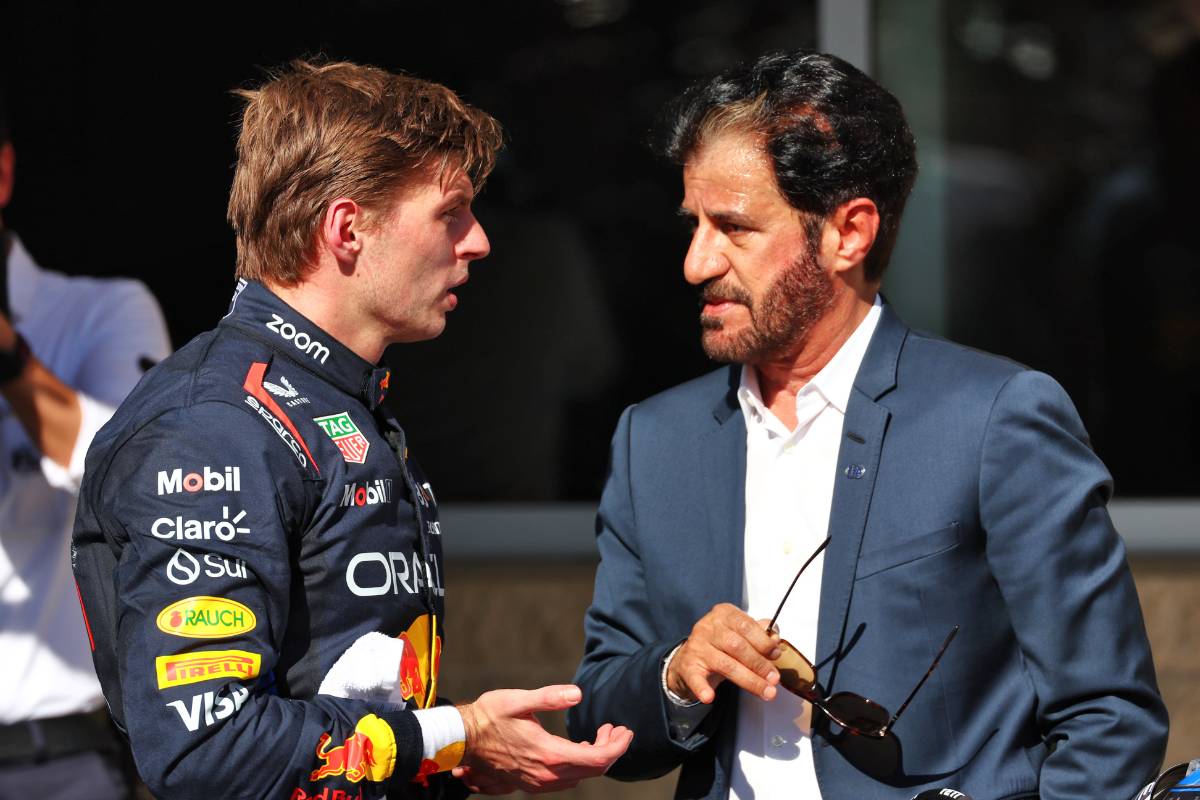
Formula 1 drivers have recently raised questions about the transparency of how the FIA distributes the money collected from driver fines.
While the 2024 season saw a significant increase in monetary sanctions, exceeding €270,000 for over 50 offenses, concerns arose about the intended use of these funds.
The Grand Prix Drivers Association, through the voice of its director, George Russell, has stressed the importance of transparency, particularly regarding promises made during the FIA presidential elections about supporting grassroots racing.
Nikolas Tombazis, the FIA's head of single-seater racing, has stepped in to explain how fines do indeed contribute to grassroots programs and other safety projects.
Drivers Demand Transparency
Last season, tensions rose between drivers and the FIA over several issues, one of which was the handling of fines.
With over 50 offences ranging from pitlane speeding to swearing, drivers were left wondering how their contributions were being used.

Speaking at the end of last season, Russell voiced the collective unease of his peers.
“For us, when we were hearing from the FIA a couple of years ago, when they had the presidential elections, they were all about transparency, about where the money was going to be reinvested in terms of grassroots racing, which we are all in favour of,” commented the Mercedes driver.
“We just want the transparency, an understanding of what was promised from the beginning.”
commented the Mercedes driver.
Tombazis On Where the Money Goes
In an interview with Motorsport.com, Tombazis countered the criticism by shedding light on how the FIA allocates money from fines.
He emphasized that the organization is not profit-driven and reinvests its revenue into motorsport and safety projects.
“The FIA is not a profit-making organisation,” Tombazis stated.
“We don't have shareholders who are looking at some numbers in the stock exchange and hoping for share price to go up or get more dividends or anything like that.”
He explained that the money is channeled into what the FIA deems "beneficial aspects."
These include grassroots motorsport programs, road safety campaigns, and other initiatives with broad social impact. Tombazis assured that fines are not used frivolously.

“I think this question is sometimes slightly influenced by the emotions of the moment, of whatever fine is being discussed and so on,” he added.
“I realise that anyone who is paying a fine is always slightly annoyed about it and may feel somewhat aggrieved, but for sure there are so many different levels of projects that you can never come to the conclusion that this money is somehow spent for Christmas parties and so on.”
Tombazis also highlighted how the FIA’s grassroots investments far outweigh the fines collected.
“The amount of money spent in grassroots vastly exceeds the fines accumulated, which I think indicates that anything that goes in there will have a positive impact,” he said.
Ensuring Money Stays Within the Sport
One concern drivers raised was whether money from their fines might subsidize unrelated areas of motorsport. But Tombazis dismissed this idea.
“What I can say with absolute certainty is that fines of drivers in one sport don't subsidise another sport or another category or something like that.
“If you look at other initiatives, whether it is our campaigns, like the one about online abuse and all the grassroots we've been talking about before, or safety projects, I believe are noble ways of spending such money. And this money does contribute to that.”
Supporting the Next Generation of Motorsport
Tombazis also elaborated on the significant investment the FIA is making, worth an estimated €10.3 million, to lower barriers to entry and encourage participation at the foundational levels of motorsport, such as go-karting.
“There's about €10.3 million spent on grassroots, for many clubs, for many countries, just to promote a range of projects of early motorsport activity, and I think that is very important,” he said.

He underscored how this funding helps nurture the next generation of drivers and motorsport enthusiasts.
“Ultimately, I think the health of Formula 1 is largely dependent on the overall appeal of motorsport.
“It's not just having an exciting grand prix, but it's also having more people who generally even do some relatively low level of grassroots level of motorsport in their country.
“I think that's going to be ultimately beneficial for Formula 1.”
Tombazis also stressed the importance of giving opportunities to young drivers from diverse backgrounds, including those without substantial financial backing.
“The other part, of course, is in order to select drivers for the future, how drivers can grow into the ladder and have the opportunity to do so even if they're maybe not coming from a wealthy family, for example.
“That is what is ultimately the key aim.”
By investing in the future of motorsport, the FIA hopes to not only sustain Formula 1's appeal but also create opportunities for the next generation of talent—making every euro count toward a brighter future for the sport.
Keep up to date with all the F1 news via X and Facebook
The post FIA clarifies spending of F1 driver fines: ‘Not for Christmas parties’ appeared first on F1i.com.






















/cdn.vox-cdn.com/uploads/chorus_asset/file/25829976/STK051_TIKTOKBAN_B_CVirginia_B.jpg)







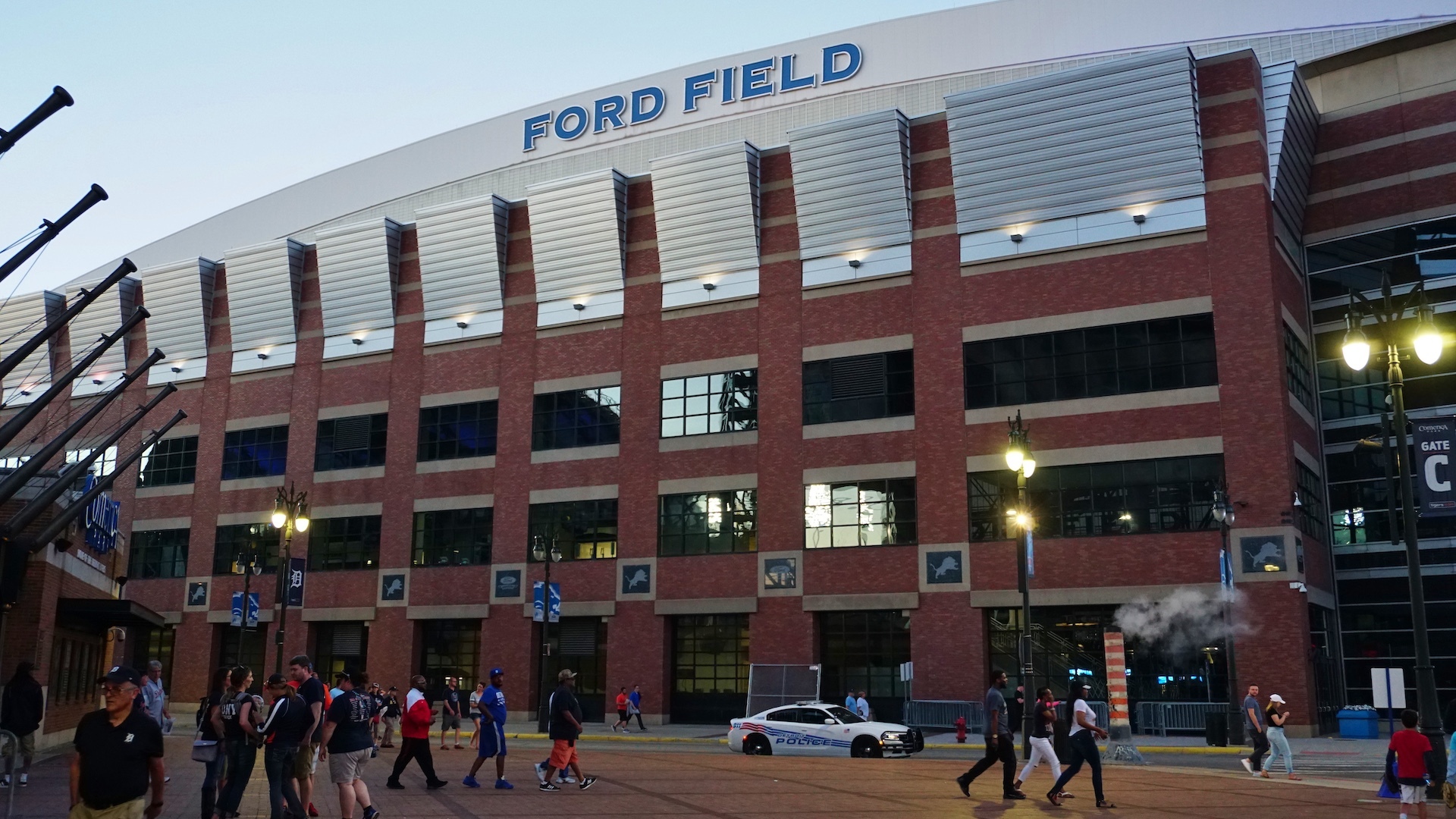





/cdn.vox-cdn.com/uploads/chorus_asset/file/24435316/STK150_Bing_AI_Chatbot_02.jpg)









